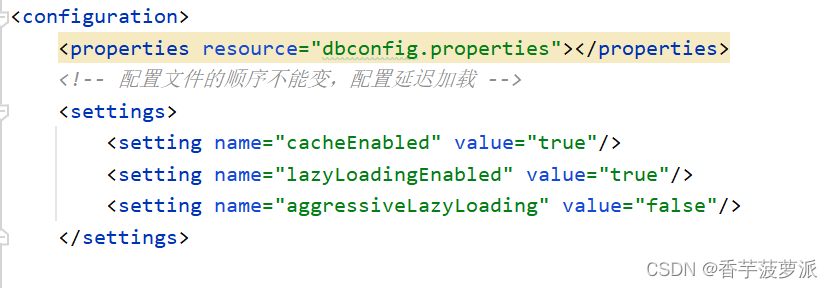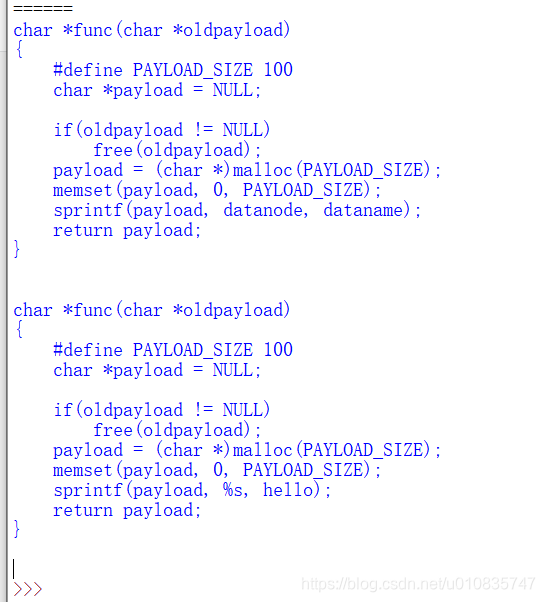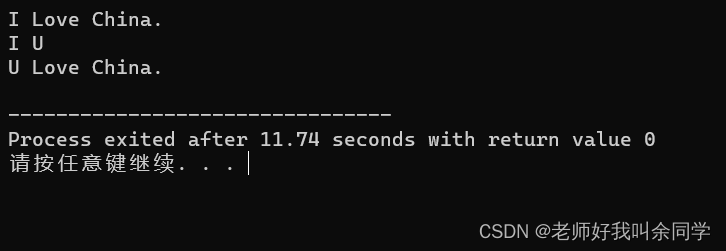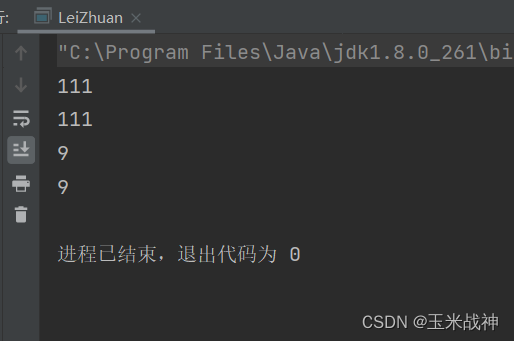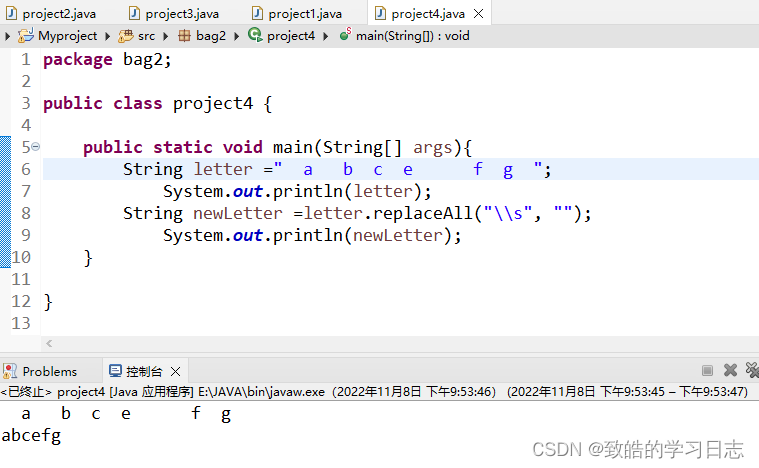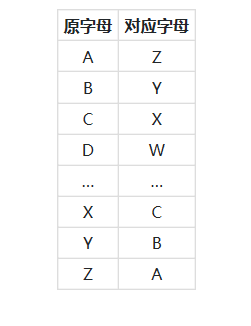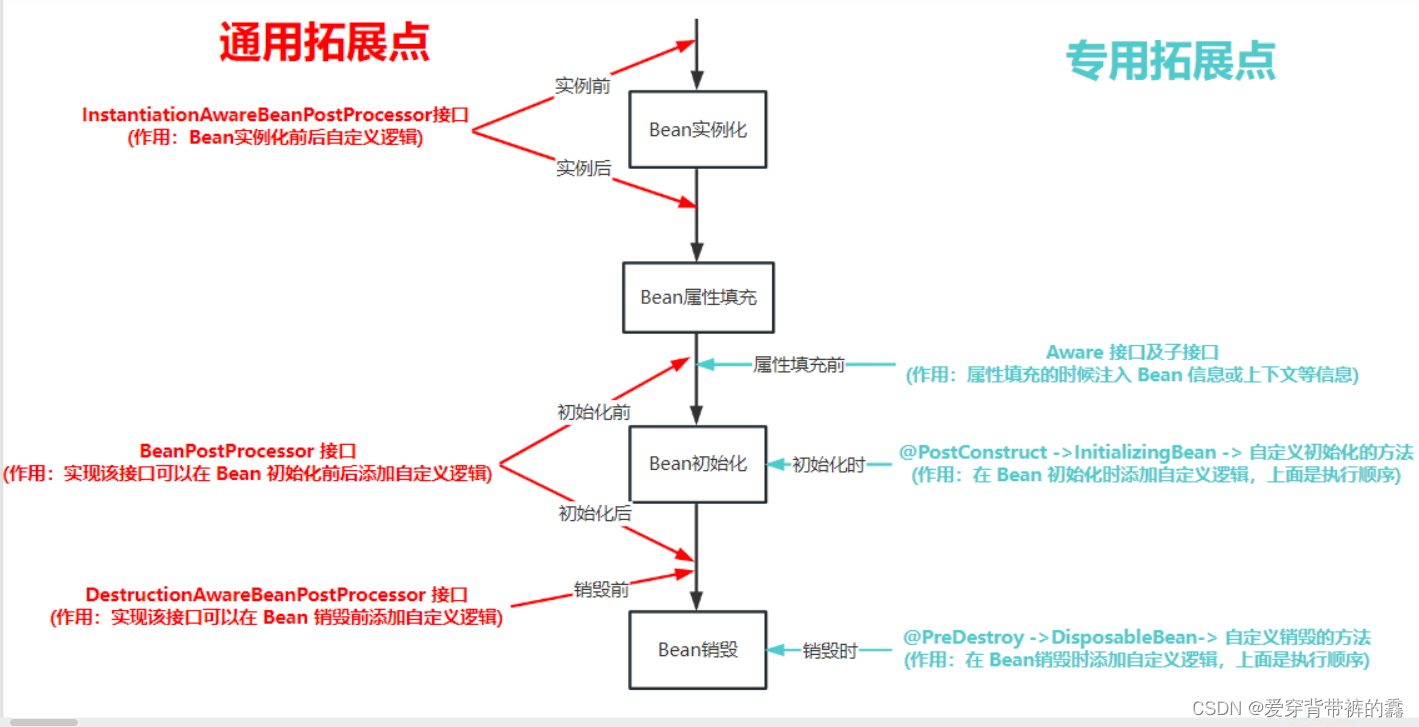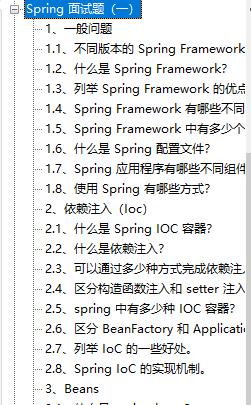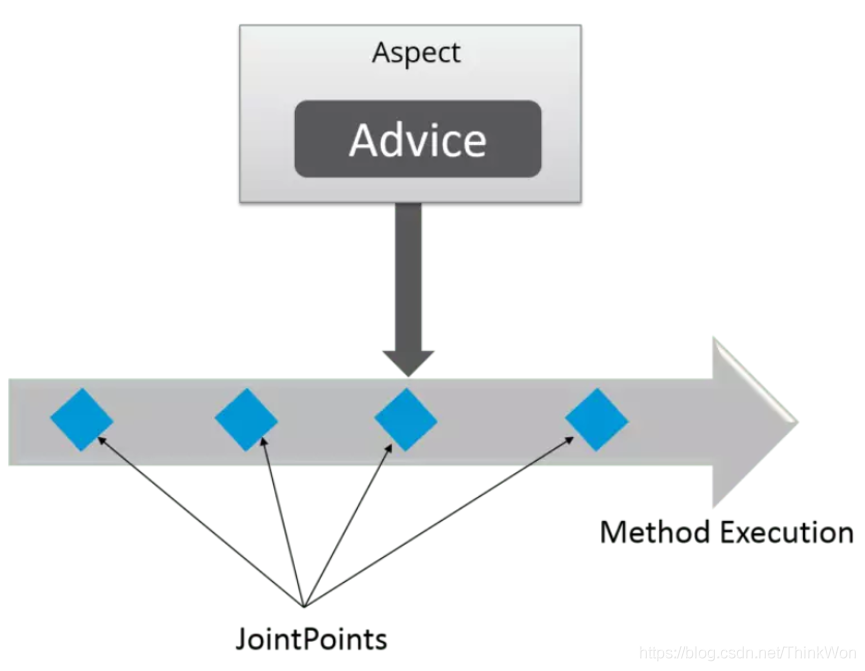resultType
resultType可以把查询结果封装到pojo类型中,但必须pojo类的属性名和查询到的数据库表的字段名一致。
如果sql查询到的字段与pojo的属性名不一致,则需要使用resultMap将字段名和属性名对应起来,进行手动配置封装,将结果映射到pojo中
resultMap
resultMap可以实现将查询结果映射为复杂类型的pojo,比如在查询结果映射对象中包括pojo和list实现一对一查询和一对多查询。
先在Mapper文件中,配置基本的sql语句
<!-- 查询所有的订单数据 --><!-- resultMap:填入配置的resultMap标签的id值 --><select id="queryOrderAll" resultMap="orderResultMap">SELECT id, user_id,number,createtime, note FROM `order`</select>配置resultMap标签,映射不同的字段和属性名
<!-- resultMap最终还是要将结果映射到pojo上,type就是指定映射到哪一个pojo --><!-- id:设置ResultMap的id --><resultMap type="order" id="orderResultMap"><!-- 定义主键 ,非常重要。如果是多个字段,则定义多个id --><!-- property:主键在pojo中的属性名 --><!-- column:主键在数据库中的列名 --><id property="id" column="id" /><!-- 定义普通属性 --><result property="userId" column="user_id" /><result property="number" column="number" /><result property="createtime" column="createtime" /><result property="note" column="note" /></resultMap>结果就可以封装到pojo类型中
使用resultMap进行关联查询
一对一查询
一对一数据模型:订单用户
一个订单信息只会是一个人下的订单,所以从查询订单信息出发关联查询用户信息为一对一查询。如果从用户信息出发查询用户下的订单信息则为一对多查询,因为一个用户可以下多个订单。
改造pojo类
在订单类中添加User属性,User属性是一个引用类型,用于存储关联查询的用户信息,因为关联关系是一对一,所以只需要添加单个属性即可
配置Mapper.xml配置文件
OrderMapper.xml
先使用id和result属性,映射order类的结果集,然后在使用association映射关联对象User的结果集
<resultMap type="order" id="orderUserResultMap"><id property="id" column="id" /><result property="userId" column="user_id" /><result property="number" column="number" /><result property="createtime" column="createtime" /><result property="note" column="note" /><!-- association :配置一对一属性 --><!-- property:order里面的User属性名 --><!-- javaType:属性类型 --><association property="user" javaType="user"><!-- id:声明主键,表示user_id是关联查询对象的唯一标识--><id property="id" column="user_id" /><result property="username" column="username" /><result property="address" column="address" /></association></resultMap><!-- 一对一关联,查询订单,订单内部包含用户属性 -->
<select id="queryOrderUserResultMap" resultMap="orderUserResultMap">SELECTo.id,o.user_id,o.number,o.createtime,o.note,u.username,u.addressFROM`order` oLEFT JOIN `user` u ON o.user_id = u.id
</select>- 测试
@Test
public void testQueryOrderUserResultMap() {// mybatis和spring整合,整合之后,交给spring管理SqlSession sqlSession = this.sqlSessionFactory.openSession();// 创建Mapper接口的动态代理对象,整合之后,交给spring管理UserMapper userMapper = sqlSession.getMapper(UserMapper.class);// 使用userMapper执行根据条件查询用户,结果封装到Order类中List<Order> list = userMapper.queryOrderUserResultMap();for (Order o : list) {System.out.println(o);}// mybatis和spring整合,整合之后,交给spring管理sqlSession.close();
}- 结果
一对多查询
查询所有用户信息及相关订单。
修改pojo类,在pojo类添加订单集合属性
修改UserMapper.xml配置文件
先使用id和result配置映射User类的结果,然后使用一对多关系的collection标签配置Order结果
<resultMap type="user" id="userOrderResultMap"><id property="id" column="id" /><result property="username" column="username" /><result property="birthday" column="birthday" /><result property="sex" column="sex" /><result property="address" column="address" /><!-- 配置一对多的关系property:填写pojo类中集合类类属性的名称javaType:填写集合类型的名称 --><collection property="orders" javaType="list" ofType="order"><!-- 配置主键,是关联Order的唯一标识 --><id property="id" column="oid" /><result property="number" column="number" /><result property="createtime" column="createtime" /><result property="note" column="note" /></collection>
</resultMap><!-- 一对多关联,查询订单同时查询该用户下的订单 -->
<select id="queryUserOrder" resultMap="userOrderResultMap">SELECTu.id,u.username,u.birthday,u.sex,u.address,o.id oid,o.number,o.createtime,o.noteFROM`user` uLEFT JOIN `order` o ON u.id = o.user_id
</select>- 测试结果






![[MyBatis]-resultMap结果映射集详解](https://img-blog.csdn.net/20180128131744362?watermark/2/text/aHR0cDovL2Jsb2cuY3Nkbi5uZXQvd3Vza3p1bw==/font/5a6L5L2T/fontsize/400/fill/I0JBQkFCMA==/dissolve/70/gravity/SouthEast)

